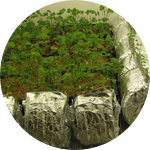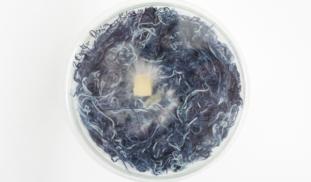Please wait...
About This Project
Can textile waste be repurposed and recycled as a raw material for the growth of mycelium leathers? Textile waste is accumulating in landfills due to overcunsumption of garments and poor recycling opportunities. Textile biodegradation by various fungal strains (Pleurotus ostreatus, Schyzophyllium comune and Omphalatus nidiformis) will be assessed to find the most efficient strain to biodegrade denim and synthetic textile waste, and which is best for myco-leather production.

Browse Other Projects on Experiment
Related Projects
Open technologies for the identification of local fungi for decentralized biofabrication
The use of Open Scientific Hardware and locally produced reagents would enable biomaterial-focused citizen...
Leveraging understudied spider species to uncover novel biology
Over $1.425B has been invested into spider silk companies, yet less than 20 annotated spider genomes are...
Laser directed infrared spectroscopy to analyze microplastics down to 20 microns and speed up data analysis
Microplastic analysis is a very time-consuming procedure while smaller-sized plastics (<300 microns...




